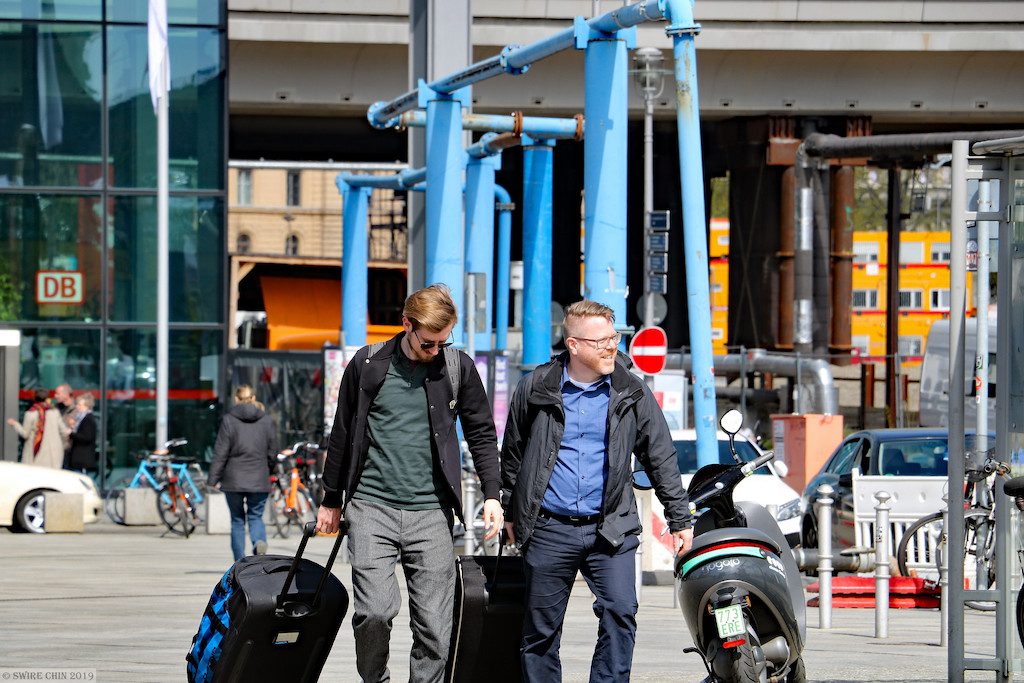Germany and the UK Are Trouble Spots in Europe's Tourism Outlook

Skift Take
European tourism may, broadly speaking, be in growth mode. But there is still plenty of cause for guarded optimism, particularly when it comes to Germany and the UK.
On the face of it, European tourism was still stable and growing in the third quarter of 2019. The European Travel Commission forecasts a 3 to 4 percent rate of growth in international arrivals for 2019, according to its third-quarter trend report released Wednesday.
Several key macroeconomic and political factors loom on the horizon, however, making any unguarded optimism misplaced. Year-to-date growth slowed for all reporting countries, from 4.5 percent in 2018 to 3.4 percent. In addition, various country-level issues have the potential to get worse and disrupt the market further. All in all, European tourism is stable for now, but it's on wobbly ground.
The commission's executive director, Eduardo Santander, seemed to note that the "growth is good" mindset isn't sufficient to ensure the sector stays on course.
“European destinations need to develop long-term sustainable management solutions to enable tourism to flourish, rather than just merely grow. This requires constant monitoring and an adequate analysis of the tourism impact on the economy, the environment, and local communities in order to obta
